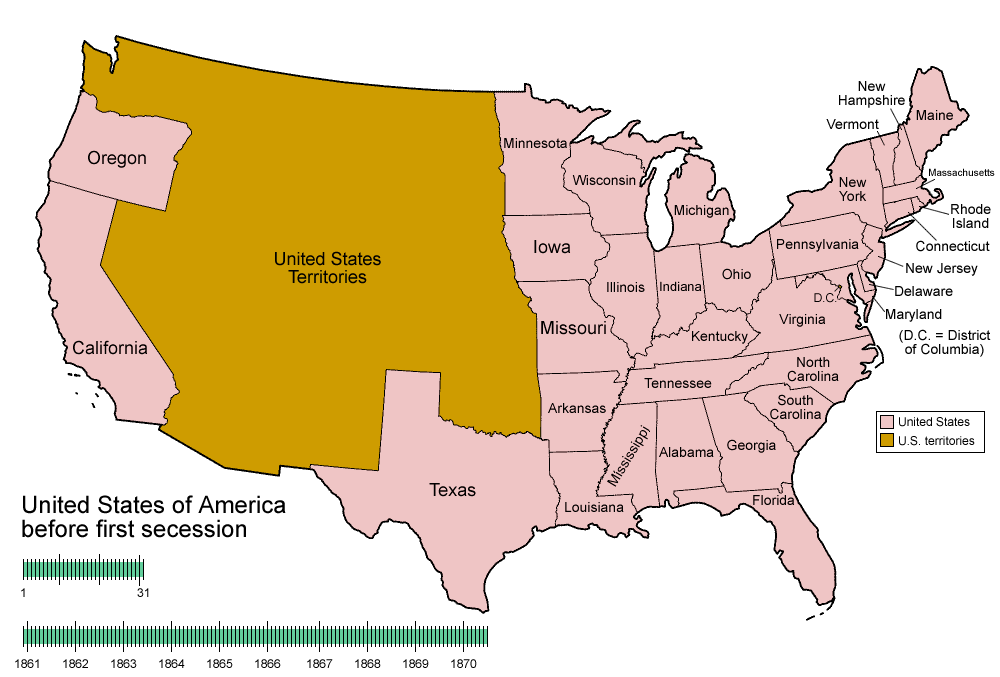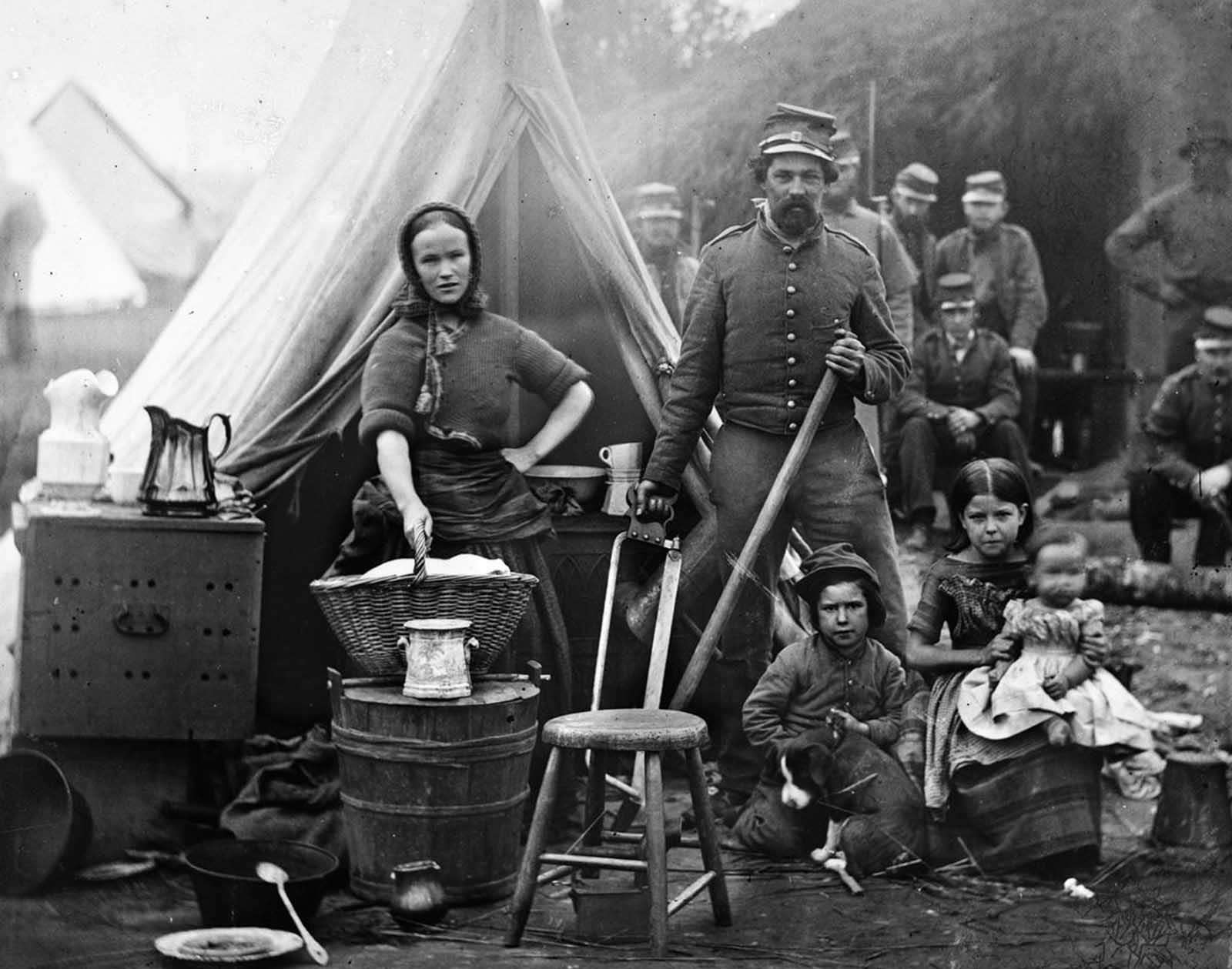

In the eyes of many Northerners, uneasy with their increasingly urban, individualistic, commercial society, the culture of the South seemed to have many things absent from the North-a leisurely pace of life, a clear social hierarchy, and an indifference to money.ĭespite the strength of the plantation stereotype, the South was, in reality, a diverse and complex region. Emmett to enliven shows given by a troupe of black-faced minstrels on the New York stage. This image of the South as "a land of cotton where old times are not forgotten" received its most popular expression in 1859 in a song called "Dixie," written by a Northerner named Dan D. According to the popular stereotype, the cavalier, unlike the Yankee, was violently sensitive to insult, indifferent to money, and preoccupied with honor.ĭuring the three decades before the Civil War, popular writers created a stereotype, now known as the plantation legend, that described the South as a land of aristocratic planters, beautiful southern belles, poor white trash, faithful household slaves, and superstitious fieldhands. In the eyes of many pre-Civil War Americans this contributed to the evolution of two distinct kinds of Americans: the aggressive, individualistic, money-grubbing Yankee and the southern cavalier.

Northerners were said to be the descendants of 17th century English Puritans, while Southerners were the descendants of England's country gentry.

It was widely mistakenly believed, however, that the North and South had originally been settled by two distinct groups of immigrants, each with its own ethos. Pre-Civil War Americans regarded Southerners as a distinct people, who possessed their own values and ways of life. Digital History Printable Version The Old South: Images and Realities


 0 kommentar(er)
0 kommentar(er)
